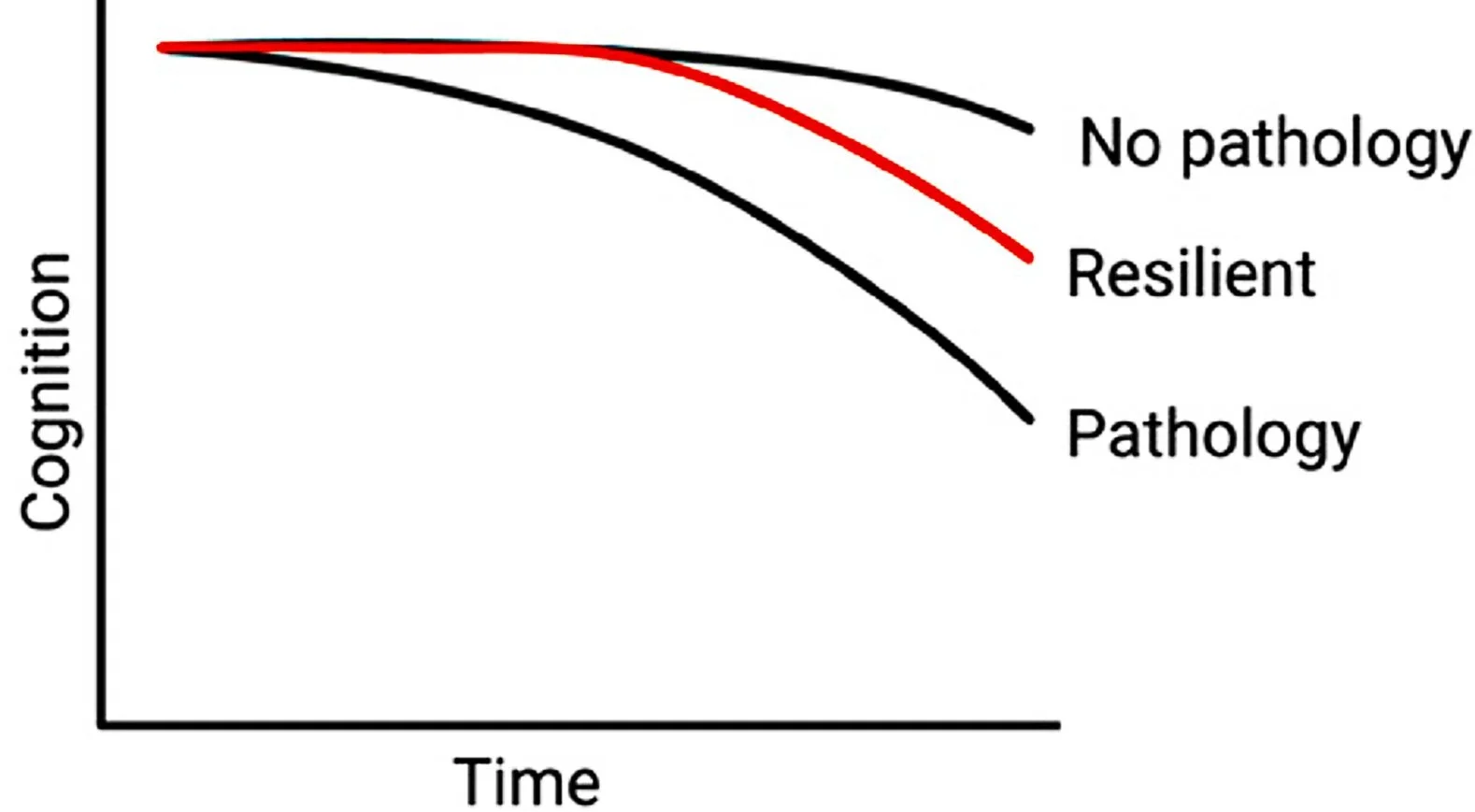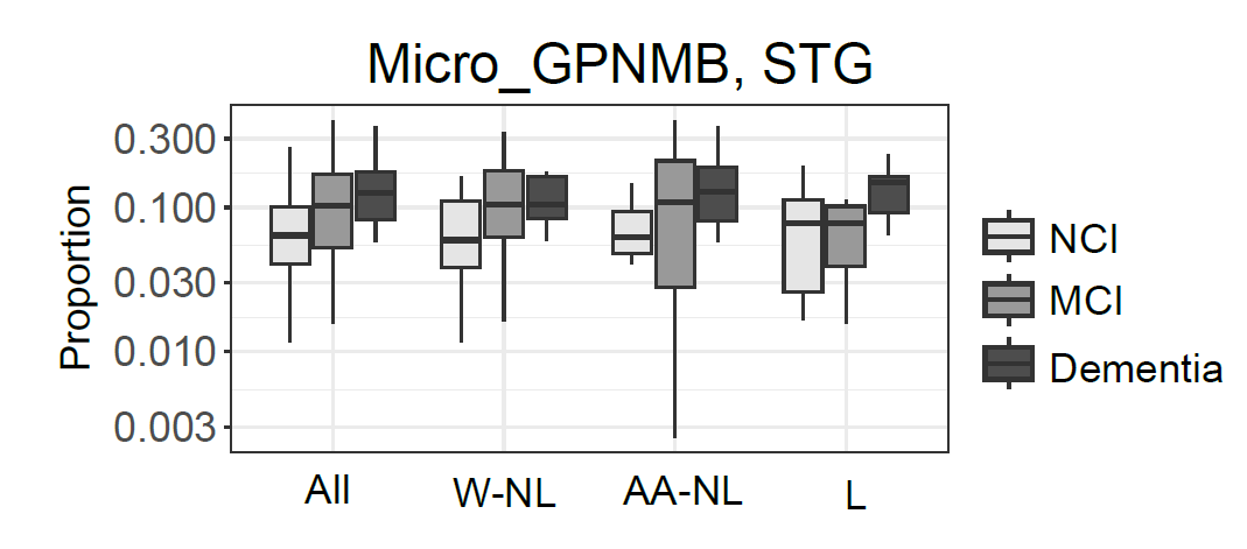What we work on
Selective alteration of cell types in neurological disease
Disease-specific pathologies affect brain cell types differently. Our research aims to identify and investigate these impacts systematically. We use single-cell and bulk methods alongside spatially-resolved techniques on post-mortem human brain tissue to create models assessing cell type-specific dysregulation. This work encompasses multiple diseases, involving various clinical and experimental partners at Columbia and beyond.
Individual resilience to brain pathology
In diseases like Alzheimer’s, Parkinson’s, and Multiple Sclerosis, some individuals show minimal cognitive or motor symptoms despite significant pathology post-mortem. This indicates they may possess compensatory mechanisms to maintain function amid harmful changes. We use various computational and experimental methods to identify resilience-associated signatures, differing from disease risk factors.
Molecular signatures across diverse population groups
The majority of medium- and large-scale molecular studies on brain diseases associated with age have focused on individuals from a single racial or ethnic background. To ensure that findings from studies are representative of the broader population, we examine brain tissue from individuals of various backgrounds to identify robustly conserved cell type-specific signals, which can then be prioritized for pre-clinical studies.


